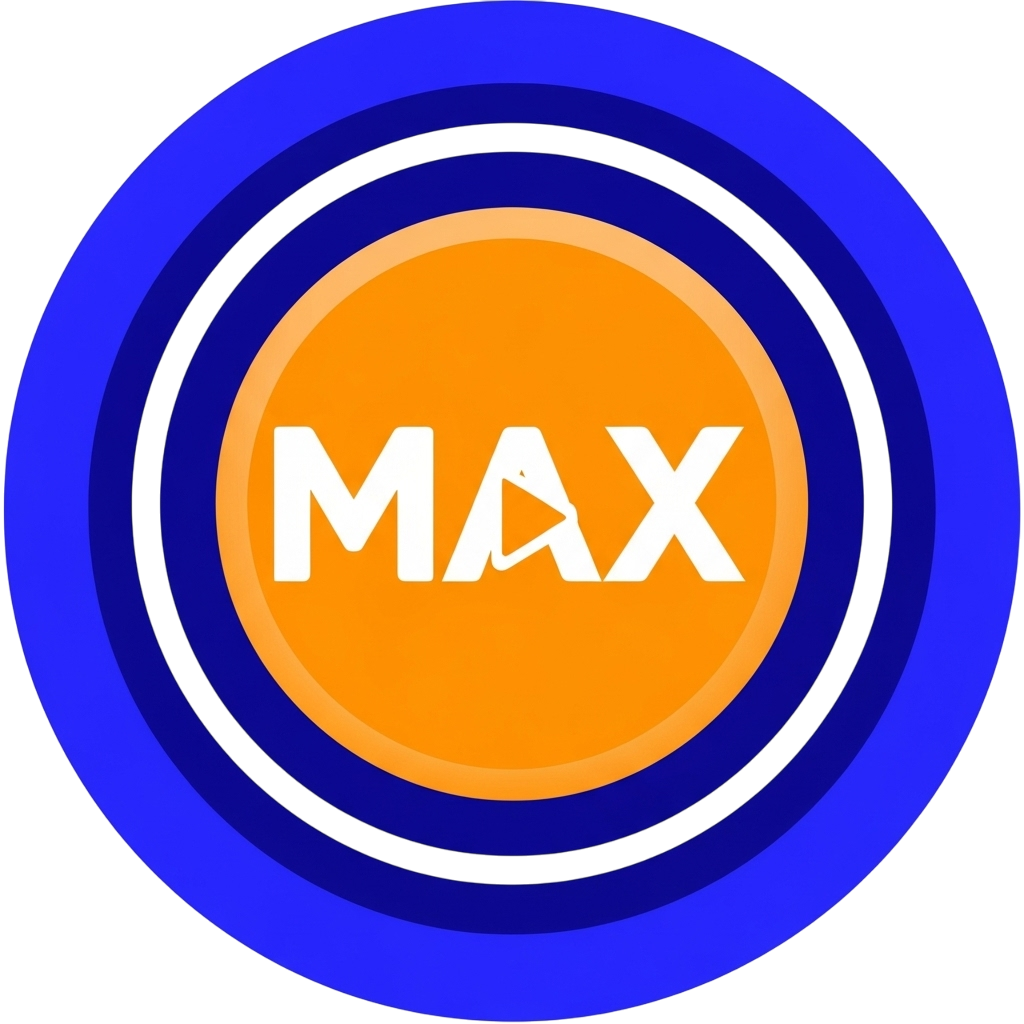Let’s be real: in the world of tactical shooters, audio is god. You listen for footsteps, reload cues, and the distinct shink of a knife. But recently, a new instrument has entered the mix. It’s not a weapon you buy in the shop; it’s the Valorant Soundboard.
So, what exactly is this “sound”? It isn’t just a single clip. It is a collection of high-impact audio triggers-fake Ultimate lines (“Fire in the hole!”), viral meme snippets, and distorted “bruh” effects-routed through a player’s microphone.
Why is it famous? Because it hacks the most important mechanic in the game: focus. It sits perfectly at the intersection of high-stakes competition and internet trolling culture. When you hear a fake Raze ultimate, your brain panics before you realize it’s just your teammate messing around. It is the sonic equivalent of a flashbang, and it has become a staple of the Valorant ecosystem.
Deconstructing the Origin and Viral Rise
Where Did the Audio Trend Actually Start?
Here is the technical breakdown: There is no “official” soundboard button in Riot’s menus. The Valorant Soundboard phenomenon is actually a masterpiece of “digital ventriloquism.”
It originated from the CS:GO community, where open mics were a chaotic wasteland of noise. However, when Valorant dropped, the audio landscape changed. Valorant’s sound design is incredibly “dry” (very little reverb) and “punchy.”
Players realized that if they used third-party software and routed it through a virtual audio cable, they could inject sounds directly into the voice chat. But here is the trick: to make it believable, the audio has to be “bit-crushed.” If a sound is too high-quality (44.1kHz), it sounds fake. The best trolls use compression to match the gritty, low-bandwidth quality of the in-game voice chat codec. That is why it sounds so real-it’s audio camouflage.
The Timeline: How Valorant Audio Trolling Went Viral
The trend didn’t just appear; it evolved.
- 2020 (The Beta Era): When the game launched in 2020, pioneers like Azerrz and Natt started the “Voice Trolling” wave. They didn’t just play sounds; they used voice changers and soundboards to roleplay as Agents, confusing teammates with lines that sounded exactly like the game files.
- 2021-2022 (The “Inception” Peak): The trend hit critical mass when the actual voice actors joined in. Shannon Williams (the voice of Jett) famously used a soundboard in live lobbies. When the real voice of the character is trolling you using a soundboard of herself, the line between the game and reality completely dissolves.
Final Mix: Why We Love the Noise
The Valorant Soundboard is more than just a prank; it’s a testament to how much sound influences our gaming performance. It proves that a well-timed audio clip can be just as powerful as a Vandal headshot. Whether you are using it to boost morale with a funny meme or confuse the enemy team with fake footsteps, you are wielding audio as a tool.
Ready to build your own library of high-quality, perfectly compressed clips? Head over to soundboardmax.com to curate your ultimate loadout.
And hey, if the stress of Ranked is getting to you and you need something purely satisfying to cleanse your ears, check out our Minecraft XP Soundboard. It’s the perfect “ear candy” to reset your brain after a long match.
Sound is power. Play it loud.
